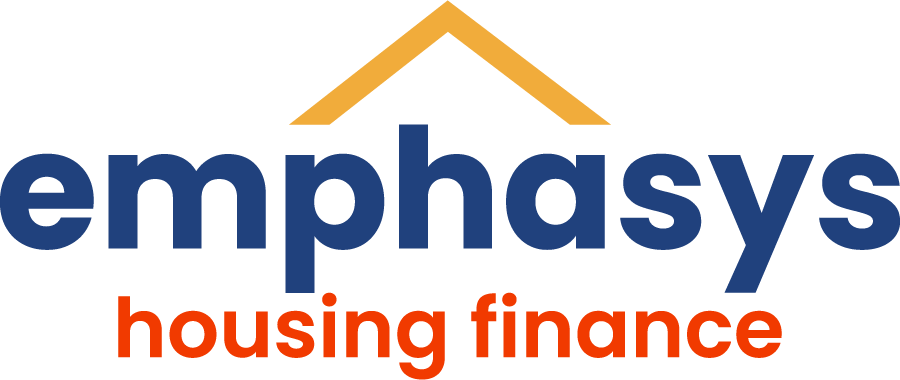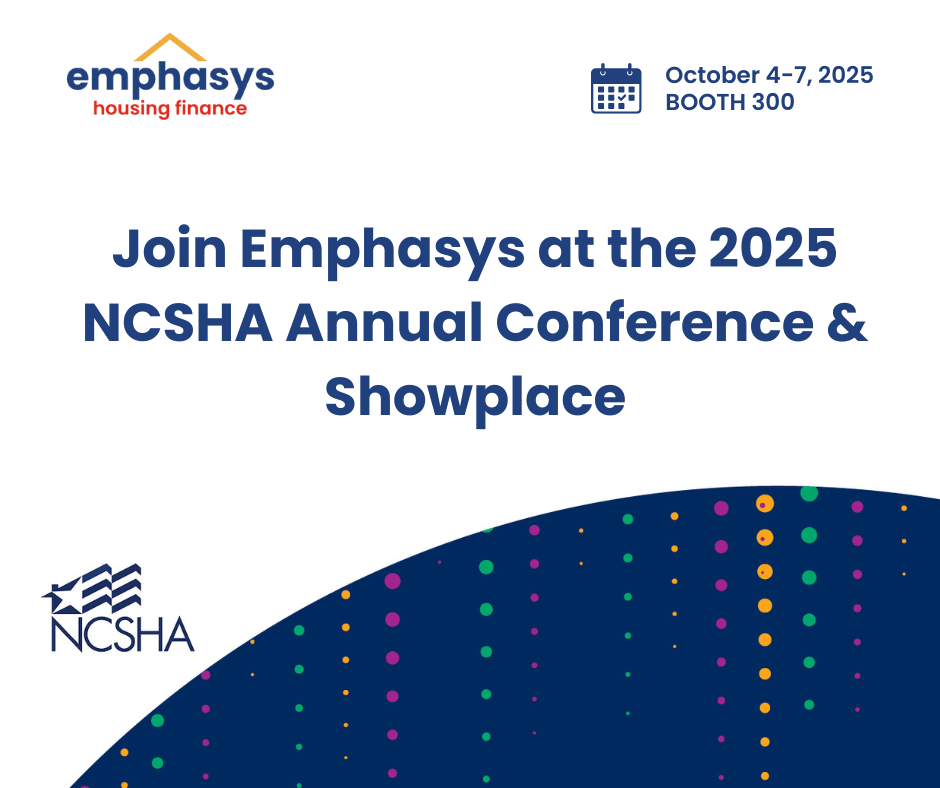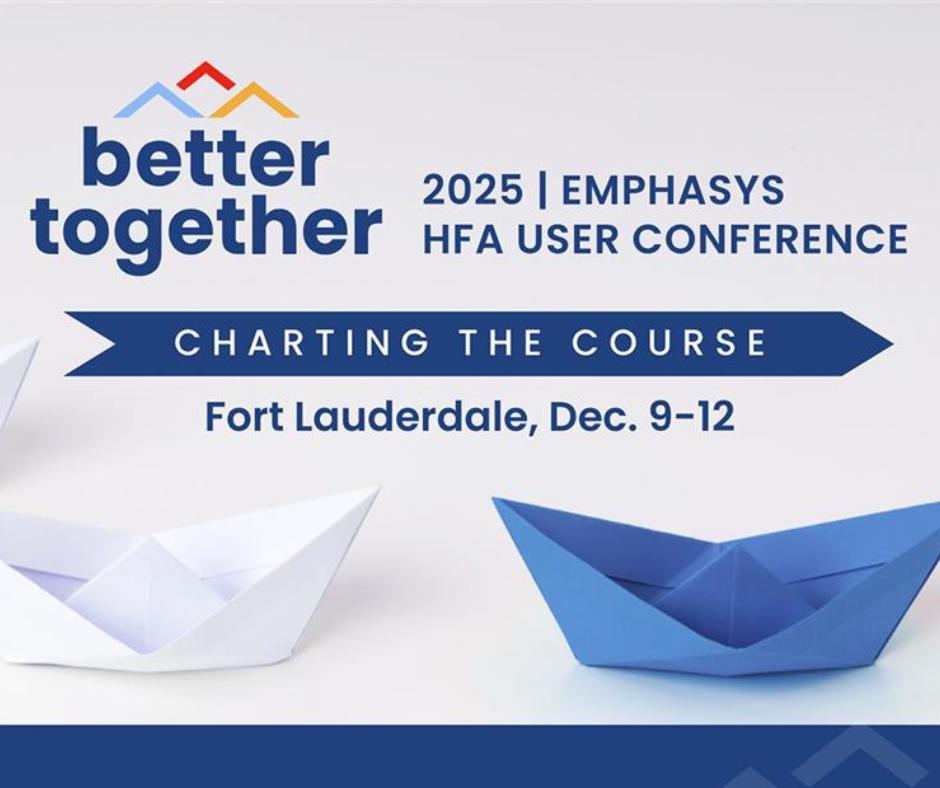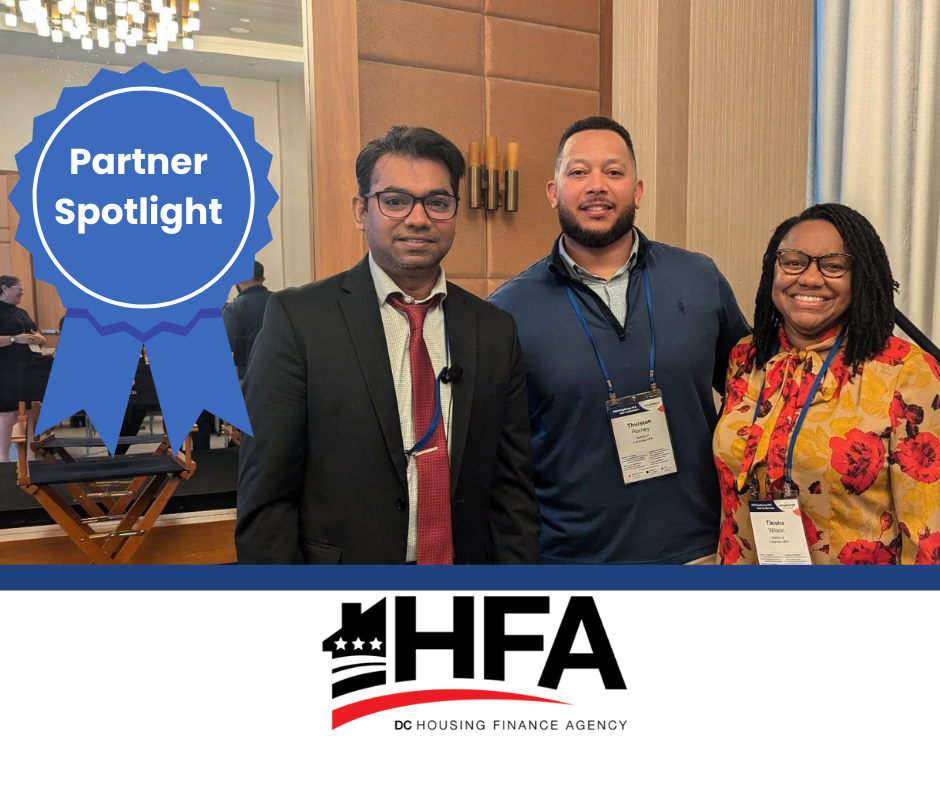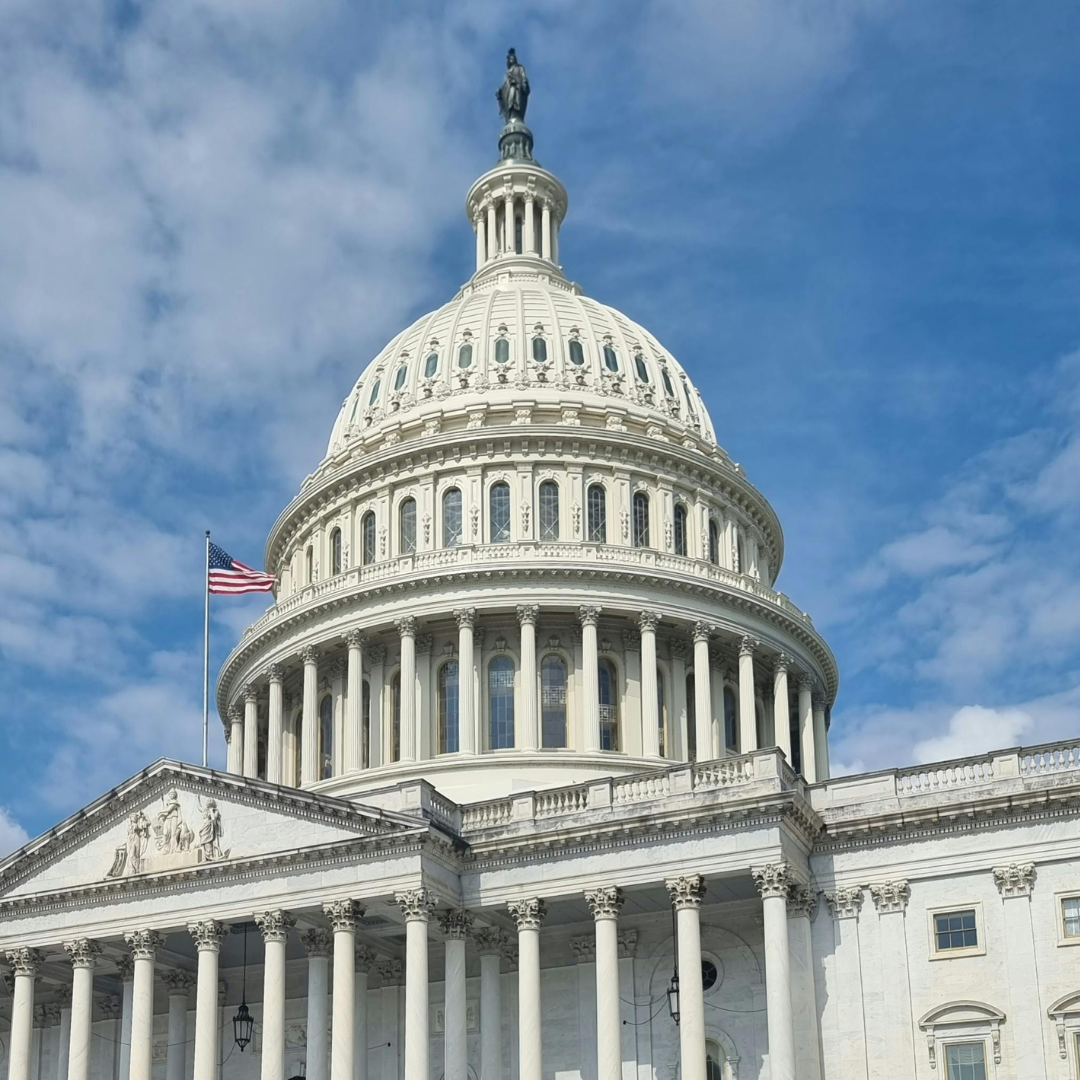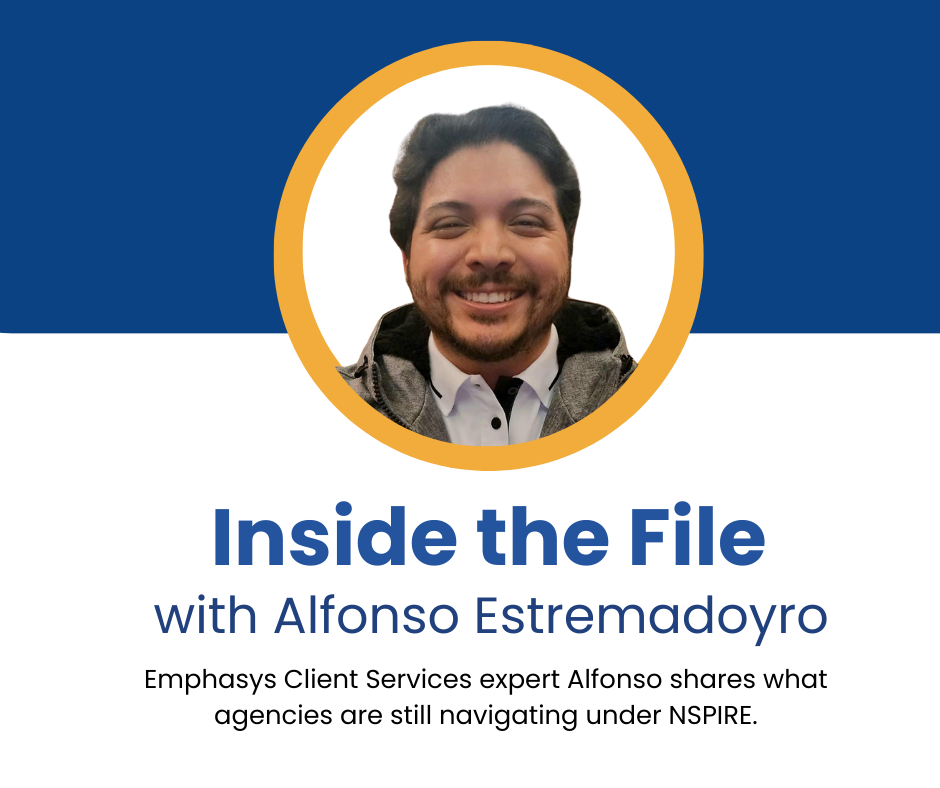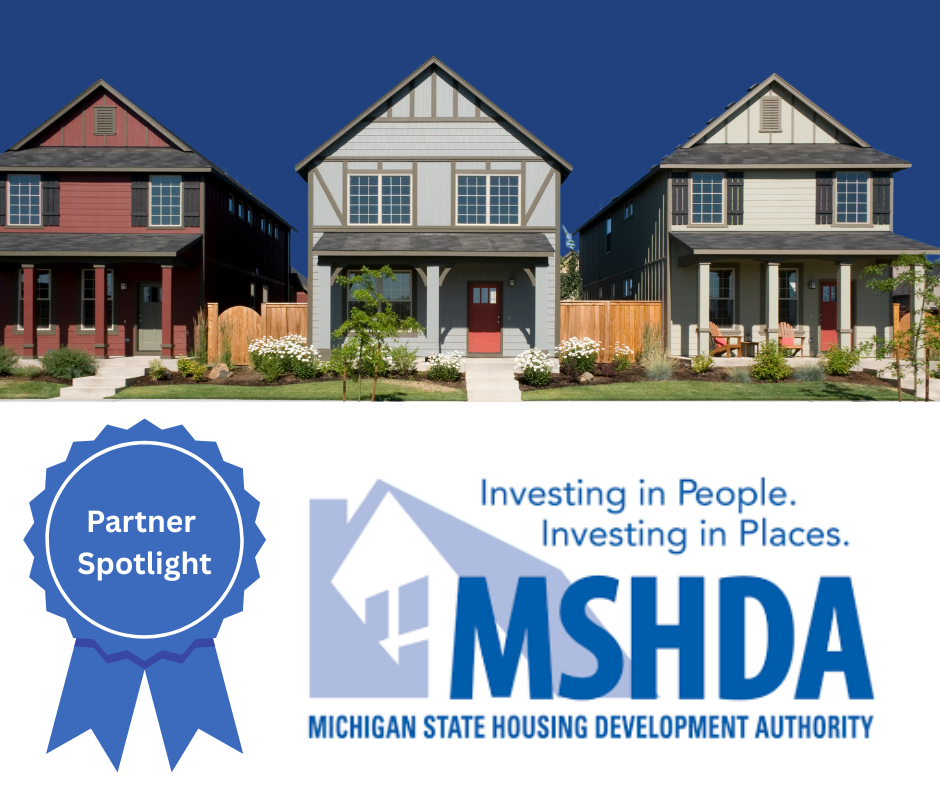Inside the Numbers: Julie White on Income Limits and Readiness
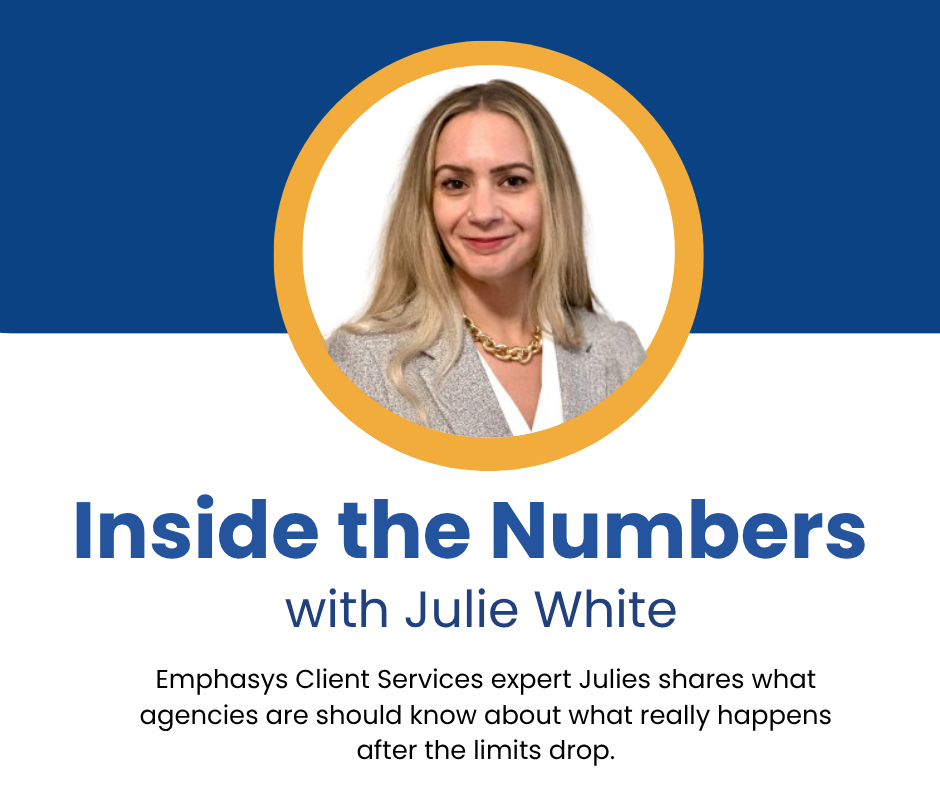
When HUD releases new income limits each year, the headlines don’t always capture the work that follows. Behind the scenes, Housing Finance Agencies move quickly—updating eligibility thresholds, communicating with lenders, and reconfiguring systems to keep borrower pipelines moving. We sat down with Julie White, Single Family Client Services Specialist at Emphasys, to talk about what really happens after the limits drop.
Julie brings over a decade of experience in mortgage servicing and housing programs. Before joining Emphasys, she led a team of 40 Servicing Specialists at PAHAF and supported thousands of homeowners through pandemic relief. At Emphasys, she works hand-in-hand with agencies to ensure their Single Family systems align with policy, serve borrowers, and hold up under real-world pressures.
Can you tell us a bit about your career journey and what led you to your role at Emphasys?
I began my career as an English teacher, but as part of a period of transition, I took a position with Chase Bank in their Loss Mitigation department while considering what my next step would be career-wise. In time, I fell in love with the industry. I was drawn to the lending business and the positive impact it has on people and communities. As I went along, I gained experience in underwriting, originations, loan processing, loan servicing, loss mitigation, system implementation, and many other areas, which helped provide me with a solid base of knowledge about how the industry works.
You’ve worked across the mortgage servicing world—from credit analysis to program management. How does that shape your approach to supporting agencies today?
Having worked in agency environments, I can bring a unique understanding to my role at Emphasys. That firsthand experience allows me to fully appreciate our users’ priorities, pain points, and operational needs. It’s incredibly fulfilling to be where I can bridge the gap between technology and mission-focused work, helping agencies deliver better outcomes to their borrowers.
Income limit updates sound simple on the surface. But they’re not. What do agencies need to be thinking about beyond just plugging in new numbers?
Agencies need to take a broader operational and strategic view regarding the effects that these updates will have on their programs and the communities they serve. Income limit changes can bring significant shifts to borrower eligibility, possibly excluding households that were previously included or opening up eligibility to new households. This further affects things like application volume, program demand, and resource allocation. It is also crucial for agencies to evaluate the potential effect on their current application pipeline while checking in with lenders and borrowers regarding eligibility restrictions.
A system update, changes in staff training, and new documentation may all be required to ensure the application process is handled quickly and compliantly. From the equity lens, agencies must consider whether the new limits will keep their mandate as a target for specific populations or if they will require additional outreach or support to focus on populations that might be chiefly affected by these changes. In short, income limit updates require thoughtful planning, working across various functions, and preemptive communication to facilitate managing both technical and human implications.
How do tools like LOTUS and SmartReports help with these updates? What’s most valuable to agencies?
Products like LOTUS and SmartReports are most important in making the update process easier and more streamlined, especially when it comes to timely updates like income levels or program changes. Built from the ground up on the foundation of our legacy Single Family platform, LOTUS significantly enhances the user experience with a new, intuitive interface that leads users through workflows more efficiently. This means less clicking, simpler prompts, and fewer opportunities for error, especially when it is time to run end-of-month and end-of-year processes. SmartReports bridges the gap with live, editable reporting that keeps agencies in the know and data-driven.
What are some of the common issues you help agencies navigate after an update?
One issue I help agencies with is how to validate changes in their test environment before pushing to their production environment. I guide them through setting up testing scenarios, helping to identify the most critical workflows to test, and confirming everything works as expected. I also help with deciphering changes, providing clear documentation, and coordinating with internal teams to ensure a smooth transition.
Let’s talk about trust. How do systems and support impact the way agencies serve borrowers during these transitions?
Trust is built with consistency and clarity-especially during periods of change. When systems remain stable and support arrives on time, agencies can serve borrowers seamlessly. Whether processing applications under new income levels or refining workflow for a program launch, having solid tools and counsel helps agencies remain compliant, reducing errors, and maintaining effective communication with staff and borrowers. That stability goes a long way to building and maintaining trust with the communities served by the agencies.
How do you see your past experience in servicing and compliance shaping the way you support HFAs today?
My experience in compliance and servicing roles allows me to approach client support with both technical understanding and operational awareness. I have been on the HFA’s side, so I understand how important accuracy, documentation, and audit-readiness are. That perspective allows me to anticipate client requirements, ask the appropriate questions, and deliver solutions that are not only effective but also workable for daily use.
What features or capabilities in the Single-Family Suite do agencies often overlook, but that could really streamline their workflows?
One of the features that is often underused is the flexibility of Custom Reports. Many agencies resort to canned reports, but customizing reports can save hours of manual effort. Another one is workflow automation in LOTUS-agencies can easily create alerts, document rules, and program logic that reduce repetitive tasks and ensure compliance. Taking full advantage of these tools can go a long way towards improving efficiency.
How does Emphasys partner with agencies during times of change, whether it’s income limit updates, funding program launches, or internal transitions? (This would be a great place to plug our Professional Services, if you think it’s relevant).
We are a hands-on, client-focused company. Whether it’s a new program launch or a regulatory announcement, we approach agencies and hear their unique needs. Our Client Services team offers tailored support, training, and even professional services. It’s not just about rolling out change, it’s about making sure it will be rolled out for them.
Last question: What advice would you give to agencies looking to get the most out of their Emphasys system or switch to a new provider?
Stay engaged and proactive. Take the time to discover talents you may not be leveraging to their potential, and do not hesitate to ask for training or support. The more we understand your goals, the better we can be at helping to align the system to help you meet them. If you are considering changing providers, think beyond features, think about the partnership, the support ecosystem, and the team’s understanding of your mission. Those are the factors that distinguish over time.
Explore More
This conversation with Julie White is a companion to our recent blog post, 2025 Income Limits Are Here—Now What? Take a deeper dive into how agencies are navigating policy shifts, system updates, and operational challenges—and how Emphasys helps make that work easier.
🔗 Read the full blog post
🔗 Discover how Emphasys supports Single Family programs
